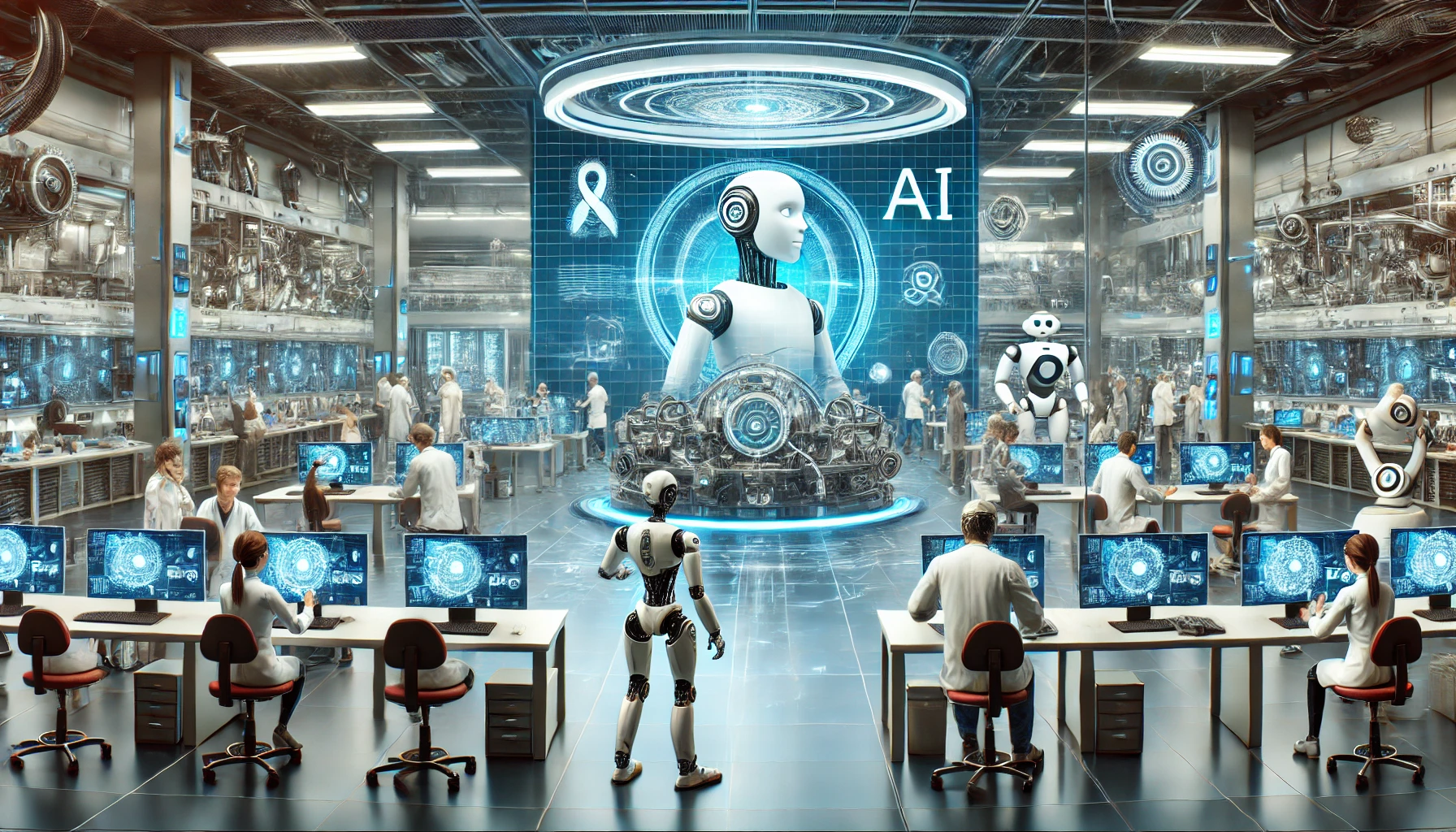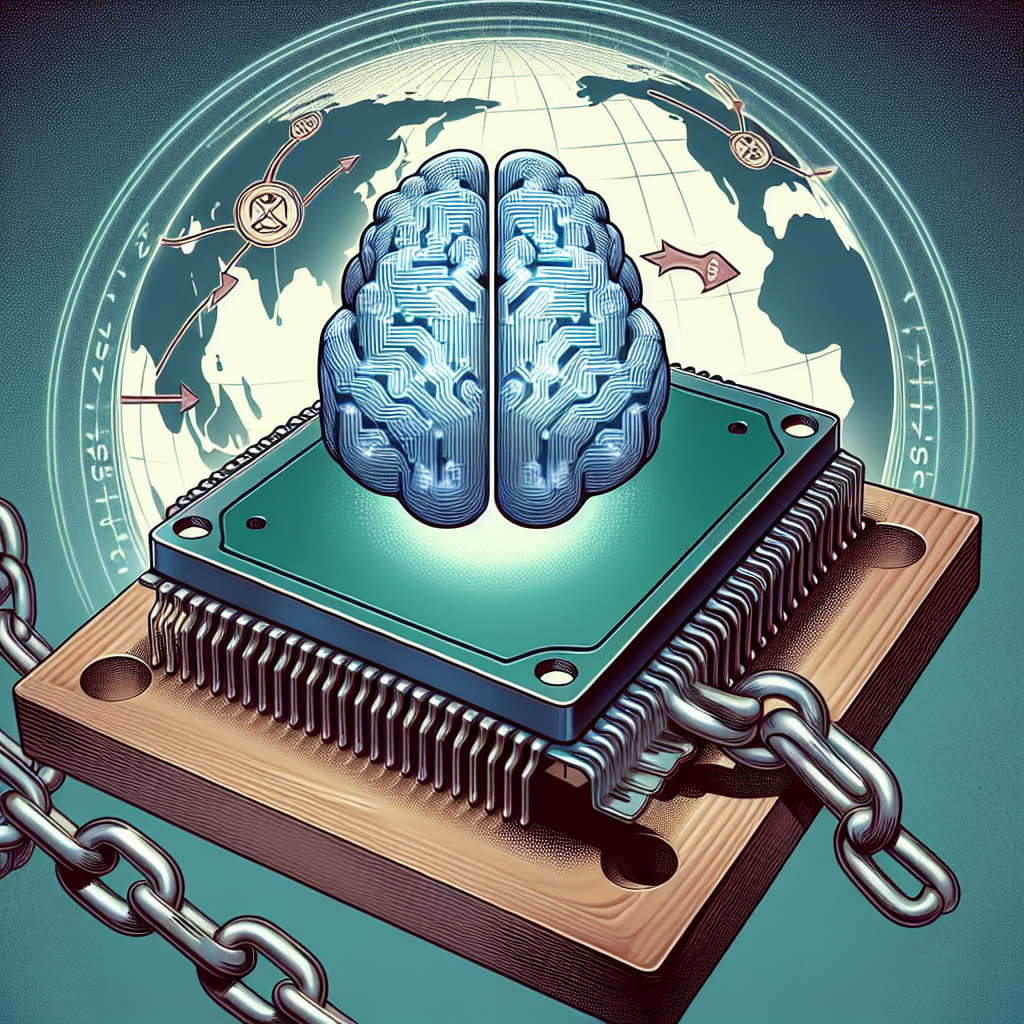GPUs are playing a large role in the technological revolution that is powering AI and supporting the growth of many technology companies.
Introduction
The technological world is undergoing a seismic shift. At the center of this transformation lies artificial intelligence (AI) and its enablers—GPUs (Graphics Processing Units). Once considered the mainstay of gamers and visual content creators, GPUs have now evolved into the cornerstone of AI research, development, and implementation. But why have GPUs become so critical? How are they powering AI? And what does this mean for the future of technology companies? Let’s take a deeper dive into the world of GPUs and their role in driving the AI revolution.
—
What Are GPUs, and Why Are They Special?
GPU vs CPU: A Tale of Two Processors
To understand the importance of GPUs, it’s essential to distinguish them from their more traditional counterpart—the CPU (Central Processing Unit). While CPUs are general-purpose processors capable of handling a wide range of tasks sequentially, GPUs specialize in parallel processing.
Key attributes that make GPUs unique:
- Massive parallelism: GPUs feature thousands of smaller cores designed to handle multiple computations simultaneously.
- Data-intensive workload capabilities: They excel at managing and processing vast datasets, crucial for AI models.
- High computational power: GPUs provide the raw power needed to handle complex calculations, optimizing tasks like deep learning and neural network training.
GPUs and the Rise of AI
AI, particularly the subset known as machine learning (ML) and deep learning, relies heavily on training algorithms to process large datasets and make predictions. GPUs have proven to be the perfect match, offering the speed and efficiency required to train these algorithms while crunching enormous volumes of data. This synergy has been pivotal in sparking unprecedented advancements in fields like natural language processing (NLP), computer vision, and autonomous systems.
The Role of GPUs in AI Development
1. Accelerating Training for AI Models
Training AI models is a resource-intensive process, demanding exceptional computational bandwidth. Graphics Processing Units enable developers to train models faster by breaking down tasks into smaller operations processed concurrently. For instance, tasks like image recognition or translating languages—once requiring years of research—can now be completed in days or weeks.
2. Real-Time AI Inference
Once AI models are trained, they must quickly interpret new data—a process called inference. From recommendation engines on streaming platforms to voice assistants like Alexa and Siri, GPUs are enabling real-time AI applications to run with low latency and high performance, making them fast and reliable.
3. Supporting Cloud-Based AI Solutions
Major cloud platforms, such as AWS, Microsoft Azure, and Google Cloud, leverage GPUs to deliver services like AI-as-a-Service. By consolidating processing power in data centers, GPUs help integrate state-of-the-art AI capabilities into a vast array of industries, from finance to healthcare.
—
Key Industries Benefiting from AI-Driven by GPUs
AI powered by GPUs is creating transformative disruption across various fields. Let’s explore some prominent industries:
Healthcare
GPUs are helping revolutionize diagnostics through AI-powered imaging solutions. Tools trained on medical data are identifying abnormalities in X-rays and MRIs faster and more accurately, providing crucial support to healthcare practitioners.
Automotive
From developing autonomous driving systems to improving in-car voice assistants, GPUs are indispensable in the automotive industry. Self-driving technologies rely on complex AI algorithms that GPUs help process in real time.
Entertainment and Gaming
The entertainment industry, especially gaming, continues to benefit from GPUs. Beyond enabling ultra-realistic graphics, GPUs now power AI-driven enhancements like real-time ray tracing and NPC behavior simulations.
Finance and Business Intelligence
In finance, AI algorithms powered by GPUs are being used for stock market predictions, fraud detection, and risk analysis. GPU-accelerated technologies are also prominent in data analytics platforms that extract actionable insights for businesses.
Investing in the AI Revolution
How GPUs Are Driving Market Growth
As the demand for AI applications continues to surge, GPUs are cementing their position as a critical investment opportunity. Technology companies specializing in GPU production are witnessing unprecedented growth, with organizations integrating GPUs into their core product offerings.
Prominent companies in the GPU sphere include:
- NVIDIA: Regarded as a leader in AI-ready GPUs, driving innovation across industries.
- AMD: Known for creating advanced GPUs for gaming and AI workloads.
- Intel: Recently diversifying its product lineup to include GPUs built for AI.
ETFs and AI-Focused Investments
Investors looking to capitalize on this trend can explore ETFs such as Invesco QQQ, which offers exposure to leading technology companies leveraging GPUs and AI. By including stocks like NVIDIA and other GPU-driven innovators, such funds provide a gateway to participating in the ongoing AI revolution.
—
The Future of GPUs and AI
The symbiotic relationship between GPUs and AI continues to evolve. With advancements like quantum computing on the horizon, GPUs are likely to remain integral to computing systems, offering scalability and flexibility in fostering new AI breakthroughs.
Emerging trends to watch:
- Development of specialized AI GPUs tailored for niche applications.
- Increased adoption of GPUs in edge computing for IoT devices.
- GPU collaboration with quantum computing for hybrid solutions.
—
Conclusion
GPUs have truly become the backbone of artificial intelligence, powering everything from conversational AI to autonomous vehicles. They have redefined how we process data, unlock insights, and help humanity solve some of its most pressing challenges. As the technological revolution continues, key players in the GPU market are set to play an increasingly prominent role—not just in powering AI applications, but in shaping the future of global innovation. For investors, keeping an eye on this dynamic space offers an opportunity to participate in a pivotal era of transformation.



Keno’s randomness is fascinating, isn’t it? Seeing patterns emerge (or not!) is part of the thrill. I’ve been exploring new platforms & found some great bossjl slot games – easy registration & quick funding via GCash is a plus! Definitely worth checking out.
That’s a solid point about risk management – crucial for any bet! Seeing platforms like jljl boss focus on secure accounts & easy logins gives me confidence in their approach to player experience. Good analysis!